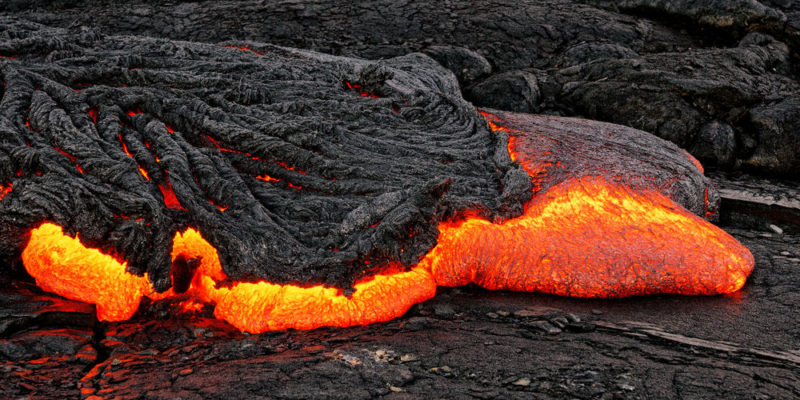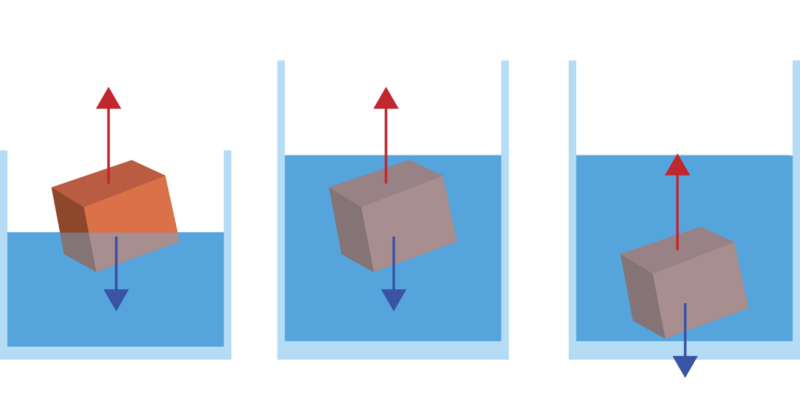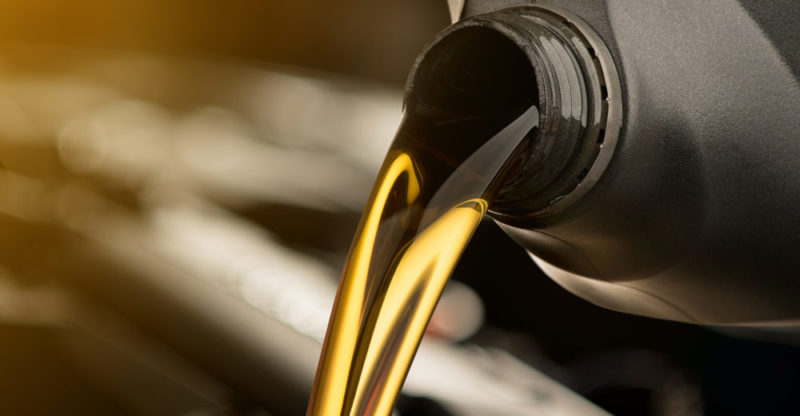We explain what fluids are, how they are classified and some examples. Also, what are its general characteristics and physical properties.
What are fluids?
Fluid is a matter composed of molecules that are weakly attracted to each other , so that it cannot maintain a certain shape but acquires that of the container in which it is contained. In this it is distinguished from solids , whose particles do not change position so easily, which is why solids have their own shape.
In principle, both gases and liquids are fluids , since neither retains its specific shape. But there are differences between them, since gases have less attraction between their particles than liquids, which allows them to be compressed, something that almost cannot be done with liquids .
Why do fluids flow?
 Fluids flow because the force that holds their particles together is strong enough to hold them together, but not to maintain a certain stiffness or maintain a shape memory (ability to regain their original shape after applying some deforming force).
Fluids flow because the force that holds their particles together is strong enough to hold them together, but not to maintain a certain stiffness or maintain a shape memory (ability to regain their original shape after applying some deforming force).Then, as the particles of fluids must be held together but cannot resist change, the action of some continuous force on them (such as gravity ) causes them to continually deform until they move out of place, and that is why they can flow from a container. to another , from a container to the ground , etc. How much they flow in that direction will depend on their viscosity (a measure of resistance to deformation). In turn, the viscosity of a liquid fluid decreases when the temperature is increased .
Examples of fluids
Some examples of fluids are:
- Water
- Oil
- Air
- Alcohol
- Volcanic magma (lava)
- Ketchup
- Painting
- Noble gases neon (Ne), xenon (Xe), krypton (Kr), helium (He)
- Blood
- Wet mixes of water with flour or water with cement
How are fluids classified?
 Fluids can be of three types:
Fluids can be of three types:
- Newtonian fluids . They are those that have constant viscosity, that is, it does not vary no matter how much force is applied to the fluid. To study them, the laws of Newtonian mechanics established by Isaac Newton can be used . Water and oil behave like Newtonian fluids.
- Superfluids . Also called "perfect fluids", they are characterized by totally lacking viscosity, that is, they can flow at the least applied force without offering resistance, that is, without friction. Helium behaves like a superfluid at very low temperatures .
- Non-Newtonian fluids . They are an intermediate type between fluid and solid, depending on their temperature and shear stress conditions. They will not have a unique viscosity, but will depend on the forces exerted on it or on changes in temperature: if subjected to a sudden force, they will behave like a solid (offering resistance); while if they are left at rest, they will flow as a more or less dense liquid.
Physical properties of fluids

Some of the physical properties of fluids are as follows:
- Viscosity . It is the resistance offered by fluids to deformations, and which tends to impede fluidity. For example, a substance such as tar is highly viscous and will flow much slower and harder than a low-viscosity substance such as alcohol or water.
- Density . It is the measure of the amount of matter in a given volume, it is usually represented in kg / m 3 . Fluids have higher or lower density, according to the amount of particles in the same volume of fluid, although the interactions between these particles also influence the density.
- Volume . It is the three-dimensional space that the fluid occupies in a given region, considering length, height and width. Liquids have a certain volume and take the shape of the container where they are contained, while gases do not have the volume or shape of the container that contains them.
- Pressure . It is the force that the mass of a fluid exerts on the bodies that are submerged in it: an object that falls to the bottom of a lake will have the weight of the entire volume of water on top, which means that the object is subjected to higher pressure than when on the surface. On the seabed, the pressure is many times greater than that of the earth's atmosphere , for example.
- Surface tension . It is the energy that is needed to increase the surface of a liquid fluid per unit area, that is, the fluid resists increasing its surface. This property is what allows some insects to walk on water.
- Capillarity . This intermolecular cohesion force of the fluids allows them to rise through a capillary tube, against gravity, since the attraction between its particles is much greater than the attraction of its particles for the material of the tube. This is partly due to surface tension.
What is Pascal's Law?
This law is known as Pascal's Principle and is extremely useful in hydraulics , which uses fluids as a mechanical tool to achieve motion.
What is surface tension?

Surface tension is a unique property of liquids, which makes it possible to resist the penetration of its surface by a light object , keeping it completely out of the liquid, as happens with insects that can move or remain on water.
This is because the liquid has a resistance to increasing its surface , that is, the molecules of the liquid are attracted enough to exert some resistance to displacement.
What is thrust?
 When an object or a body is under a fluid, for example, submerged in water, its weight is a force that, by gravity, pulls it downwards and overcomes the pressure that the fluid exerts on it at all its submerged points and it is measured against a similar force exerted by the column of fluid under the body, known as thrust.
When an object or a body is under a fluid, for example, submerged in water, its weight is a force that, by gravity, pulls it downwards and overcomes the pressure that the fluid exerts on it at all its submerged points and it is measured against a similar force exerted by the column of fluid under the body, known as thrust.If an object thrown into the water sinks it is because its weight overcomes the force with which the liquid counteracts its mass; whereas if the object remains floating, it is because the thrust is equal to or greater than its own weight.
This is the reason why it costs less to lift objects underwater than from the surface: to our force must be added the push of the fluid out of the water.
What differentiates liquid fluids from gaseous ones?

Liquid and gaseous fluids are not the same. Liquids have their own volume and are incompressible , unlike gaseous ones, devoid of volume and compressible (in fact, this is how liquefied gases are made: they are compressed until they are forced to change to liquid).
By varying temperature and pressure, a fluid can be forced to switch between these two states .
What is hydraulics?
Hydraulics is the branch of physics that studies the behavior of liquids based on their specific properties, and subjects them to forces and conditions that allow their behavior to be predicted and used conscientiously in favor of obtaining a desired result.
What is fluid mechanics?
 Unlike hydraulics, this branch of physics is interested in all fluids, not just liquids , as well as their interaction with the environment that limits them and with the shear forces to which they are subjected. Study the movement of fluids and the forces that generate it.
Unlike hydraulics, this branch of physics is interested in all fluids, not just liquids , as well as their interaction with the environment that limits them and with the shear forces to which they are subjected. Study the movement of fluids and the forces that generate it.The above content published at Collaborative Research Group is for informational and educational purposes only and has been developed by referring to reliable sources and recommendations from technology experts. We do not have any contact with official entities nor do we intend to replace the information that they emit.
Anas is an editor of a prestigious publishing company in the United States. She studied Mathematics in Arizona. Anas is also a teacher and one of her long-term goals is to build an institution that offers free education to everyone who are financially not stable. .
Leave a reply
Your email address will not be published. Required fields are marked *Recent post

Sport: What Is It, Types, Risks, Features, Characteristics and Examples

Dogs: Emergence, Features, Characteristics, Feeding and Breeds

Story: Definition, Elements, Structure, Features and Characteristics

